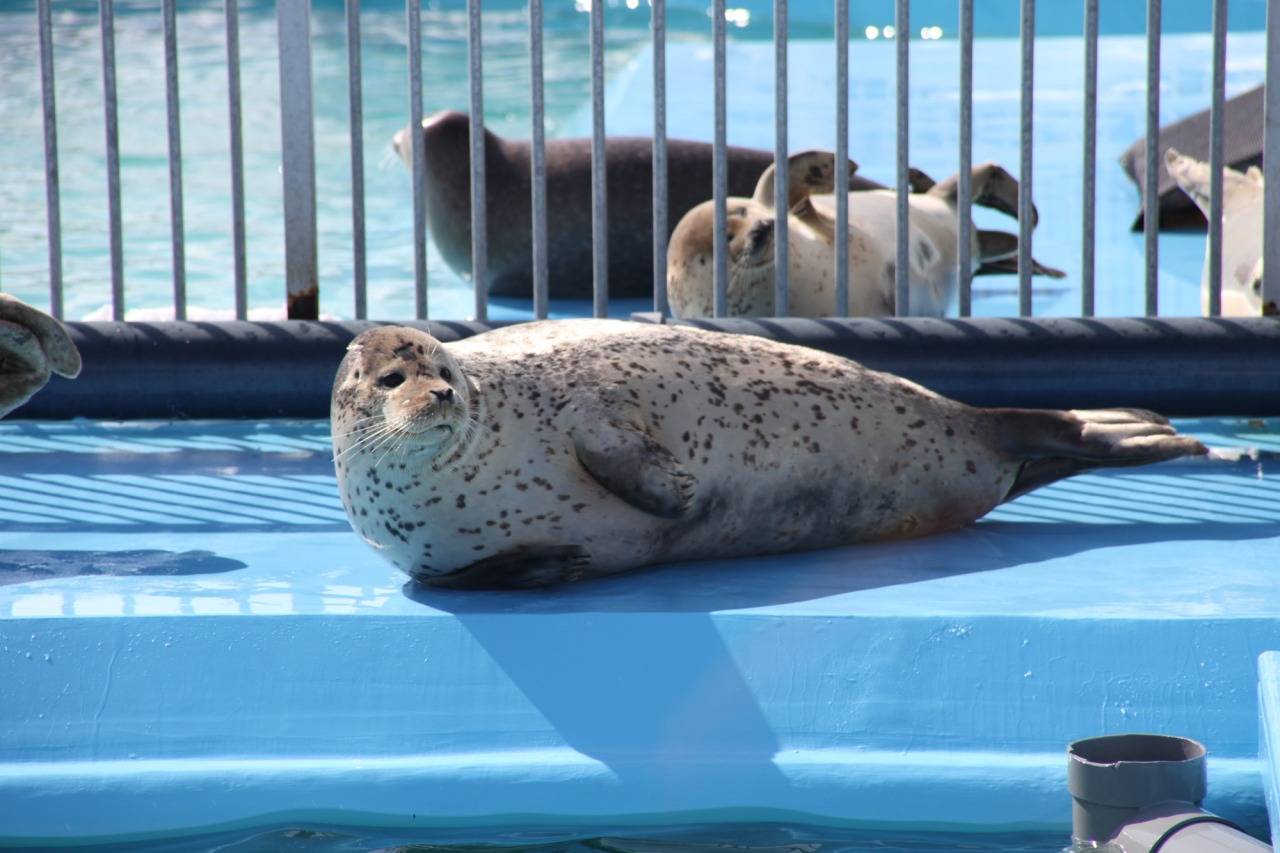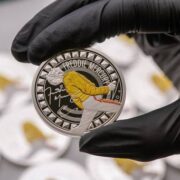Rescuers try to stay aloof at Japan’s seal sanctuary

At Japan’s lone facility dedicated to seal protection, the animals get no names. Doing so would only increase the heartbreak of the staff when returning them to the wild.
The Okhotsk Tokkari Center on the Sea of Okhotsk in Mombetsu, Hokkaido, rescues injured or weakened seals who have washed up on shore before releasing them back into the sea after they have recovered.
“Tokkari” means “seal” in the indigenous Ainu language. Launched in the 1980s at a time when locals viewed seals as harmful pests to the fishing industry after a surge in their population, the rescue operation has helped more than 200 of the sea mammals.
The staff at the center purposely forgo naming or having direct contact with the seals to avoid growing emotionally attached. But try as they might, staff still develop an affectionate bond with them.
At the end of December last year, a male spotted seal was released on a ramp near the facility. It wriggled its stout body down the plank and slid into the harbor, then headed out, occasionally darting its head out of the water, before disappearing from sight.
It took about eight months for the animal to get healthy enough to return to the sea after it had been washed up in a small fishing port in a town located in the Okhotsk subprefecture.
“I’m worried about whether he’ll be able to survive,” said Miku Watanabe, 25, head of rearing and exhibitions at the center. “But I’m glad we could return him. This makes it all worthwhile.”
Specialized facility
Seals are seen along the Sea of Okhotsk coast from winter to spring and were once overhunted for their skin and fat. When hunting ceased in the 1970s, the population grew and caused serious fishery damage—then making them a target for removal.
The late Yoshitsugu Hirosaki, former director of the Enoshima Aquarium, took a pioneering step in 1987 by collaborating with the city of Mombetsu to begin caring for two injured seals in a private residential setting. This initiative led to the establishment of Japan’s only specialized facility for seal protection.
If there is a report of an injured seal, the staff is ready to drive to the coast at a moment’s notice. In the beginning, the cases often involved seals getting entangled in fishing nets, but in recent years, the majority have been pups and young seals that have become emaciated due to a lack of food.
In principle, the seals are returned to the sea within one year. To prevent them from becoming used to human contact, fish are not fed directly to the seals but thrown into a pool. Staff also do their utmost not to get too close by not calling or naming them.
“But I still become attached to them,” Watanabe said.
Survival
For most of the seals, survival is not guaranteed. In fact, after being rescued, many die while in the center’s care, with only roughly 40 percent making it back to sea.
The ones that are blind or otherwise unable to return to the wild are kept in captivity, and currently about 30 spotted and ringed seals appear in public exhibitions at the center. Visitors can watch staff feed the seals and check their health, as well as learn about their ecology.
According to Mari Kobayashi, a professor in marine mammalogy at Tokyo University of Agriculture, the number of seals along the coast of Hokkaido has been declining in recent years, while their culling by fishermen has also decreased.
But the seals are losing their habitat with the recession of drift ice, which the animals use for breeding, pupping and hunting, accelerated by global warming. She says a continuation of the trend threatens the possibility that they will no longer be seen in Japan.

















